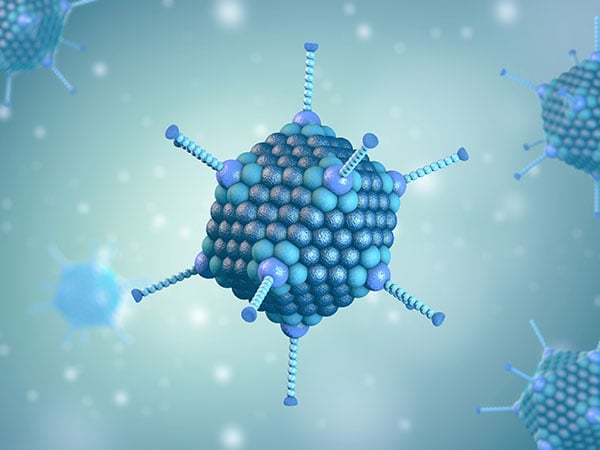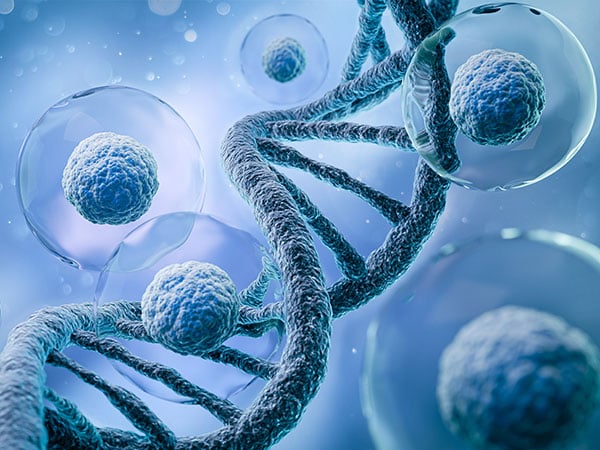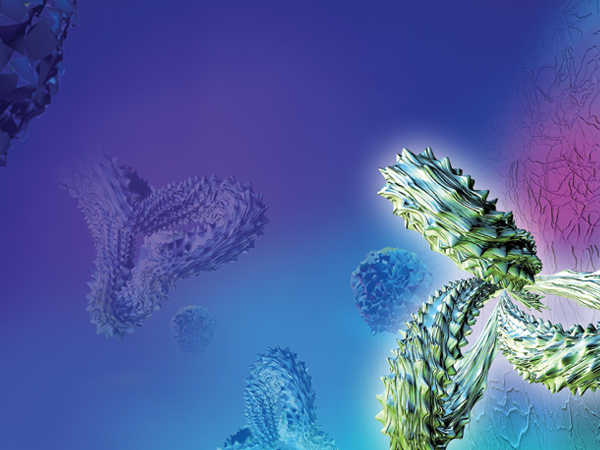Analytical Ultracentrifugation Experiments
Analytical ultracentrifugation (AUC) is a powerful biophysical characterization technique for the
quantitative analysis of macromolecules in solution. It characterizes samples while separating the sample
using centrifugal force, providing high-resolution results.
The Optima AUC Analytical Ultracentrifuge can employ several distinct methods with unique experimental
parameters and sample requirements, making it a highly versatile instrument. These methods provide various
insights into the sample's properties and address different characterization properties.
Talk to an expert
This page covers:

Figure: A schematic representation of the sedimentation boundary created during centrifugation. The top represents the AUC cell halfway through the experiment, and the lower part illustrates the resulting absorbance data.
Sedimentation Velocity (SV) Experiments
AUC sedimentation velocity (SV) experiments are widely used and yield an extensive array of results. These experiments measure the sedimentation rate of molecules in solution in response to the centrifugal force, providing high-resolution information on the sedimentation coefficient distribution, which provides fundamental data on the size, shape, and interactions of molecules in solution. SV experiments are particularly useful for analyzing sample heterogeneity, size and shape, assessing particle loading states, and studying complex formation and dissociation kinetics.
Figure: A schematic representation of the sedimentation boundary created during centrifugation. The top represents the AUC cell halfway through the experiment, and the lower part illustrates the resulting absorbance data.
When the sample is subjected to centrifugal forces, the analytes begin to sediment towards the bottom of the cell; buoyant and frictional forces oppose this sedimentation, resulting in the diffusion of analytes. This sedimentation and diffusion creates a concentration boundary near the meniscus, which moves in the direction of the centrifugal force, as the molecules in solution sediment do. The sedimentation and diffusion of the molecules over time and radius of the experiment is described by the Lamm equation:

SV is generally the primary method of choice for most applications of AUC, including:
- the study of protein self- and hetero-association
- viral vector loading states
- membrane proteins
- lipid nanoparticles
- biotechnology applications
Additionally, SV experiments are increasingly used for the characterization interactions between proteins and nucleic acids, thanks to the utility of multiwavelength SV, which separates particles in solution based on their hydrodynamic and optical properties.
Sedimentation Equilibrium (SE) Experiments
Sedimentation equilibrium experiments are the classical method in AUC and have been used in countless biophysical experiments to measure the molecular mass of proteins. However, they have decreased in usage since the advent of fast computers and the description of the Lamm equation, which allowed the high-resolution analysis of multiple sample components in SV experiments.
Nevertheless, SE experiments are still performed today to determine association-dissociation equilibrium
constants without assumptions about the shape or frictional properties of the analytes and to measure
the second virial coefficients (B22). SE AUC uses lower rotor speeds and longer experiment run times, so
the sedimentation and diffusion forces can equilibrate at the end of the run, resulting in stable sample
concentration gradients in the cell.
These experiments typically require measuring the sample at
several different concentrations and speeds, followed by globally fitting the results. To reduce the
sample requirements and increase throughput with SE experiments, 6-channel centerpieces can be utilized.
SE AUC can provide valuable insight, though it does present certain challenges. These include the formation of aggregates at the high concentrations reached at the bottom of the cell, long run times, and occasionally complex global fitting of experiments. Despite these drawbacks, there are situations where the benefits and experimental parameters obtained outweigh these drawbacks. This is particularly true when no feasible standard is available, when column-sample interactions are encountered, or when oligomerization constants or the true osmotic virial coefficients are required.

| Sedimentation Velocity | Sedimentation Equilibrium | |
|---|---|---|
| Process | Measures the analyte's rate of sedimentation and diffusion to provide dynamic information on size, shape, and interactions | Reaches equilibrium to determine the analyte's molecular weight and interaction constants accurately |
| Centrifugal Speed | High Speeds | Lower Speeds |
| Duration | Shorter (a few hours) | Longer (several days) |
| Data Analysis | Analysis of the shape and velocity of the boundary enables the determination of the sedimentation and diffusion coefficients, from which it is possible to obtain molecular mass, shape and size distributions/ heterogeneity. | Analysis of concentration distribution at equilibrium resulting in precise quantification of molecular weight and binding constants |
| Applications | Studying dynamics, assessing sample purity, detecting aggregates, interaction studies, vector loading state determination | Determining molecular weights, studying oligomerization |
Learn more about AUC
Density Gradient Equilibrium (DGE)
Density gradient equilibrium (DGE) AUC is a technique used to analyze and separate molecules based on their density. A sample is placed in the AUC cell with a density gradient medium, typically cesium chloride. When the sample is subjected to a high centrifugal force in the ultracentrifuge, the gradient medium forms a density gradient, and the analytes in the sample move through the gradient until they reach a position where their density matches the local density of the gradient. At this point, the molecules achieve equilibrium and form distinct bands, which are measured by the UV-vis optics.
DGE-AUC is highly sensitive, and requires less sample than other AUC methods, and has simple analysis that can be completed in most graphing softwares. As well DGE-AUC is unique as it separates the analytes in solution based only their buoyant densities.
For Research Use Only. Not for use in diagnostic procedures.
Related Content
Talk to an Expert on Analytical Ultracentrifugation
We are here to help, please reach out anytime




